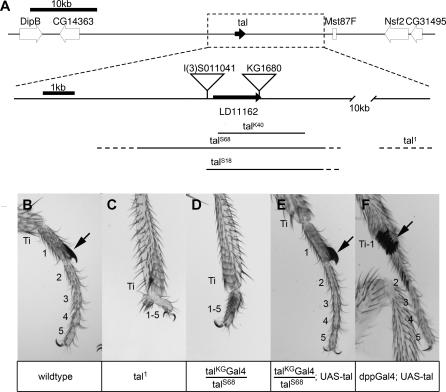Figure 1. Characterisation of the tal Locus.
(A) Genomic region 87F13–15 showing the location of tal and neighbouring genes. The boxed area around tal is magnified. The inverted triangles represent the insertion sites of P elements. The solid lines indicate the fragment deleted in each mutant, with the indetermination shown as dotted lines. KG1680 and tal1 are regulatory alleles for the imaginal functions, S011041 is a hypomorph, and the deletions are nulls.
(B–F) Male forelegs of different genotypes. In these panels, the tibia is labelled (Ti), the tarsal segments are numbered, and the arrow points to the sex comb. (B) The tibia and five tarsal segments can be observed in the wild type. (C) In the tal1 mutant, the tarsal region is vestigial and unsegmented. (D) Similar phenotype in a tal-Gal4/talS68 leg. (E) tal-Gal4/talS68; UAS-tal shows a complete rescue of the phenotype. (F) In dpp-Gal4; UAS-tal ectopic expression of tal in the dorsal leg produces transformation of the distal tibia and fusion to tarsus 1, and ectopic sex comb in tarsi 1 and 2. These phenotypes are compatible with a transformation of tibial identity towards tarsus.

